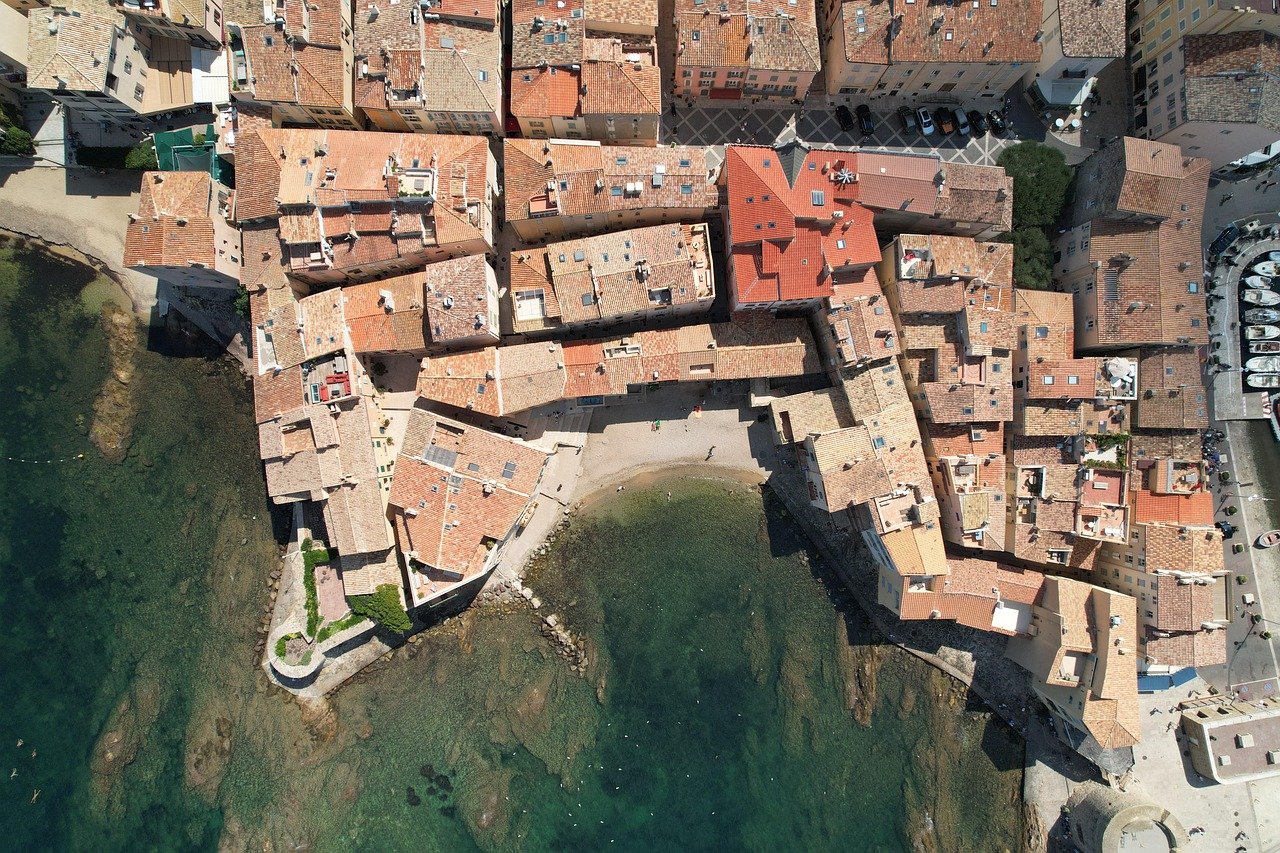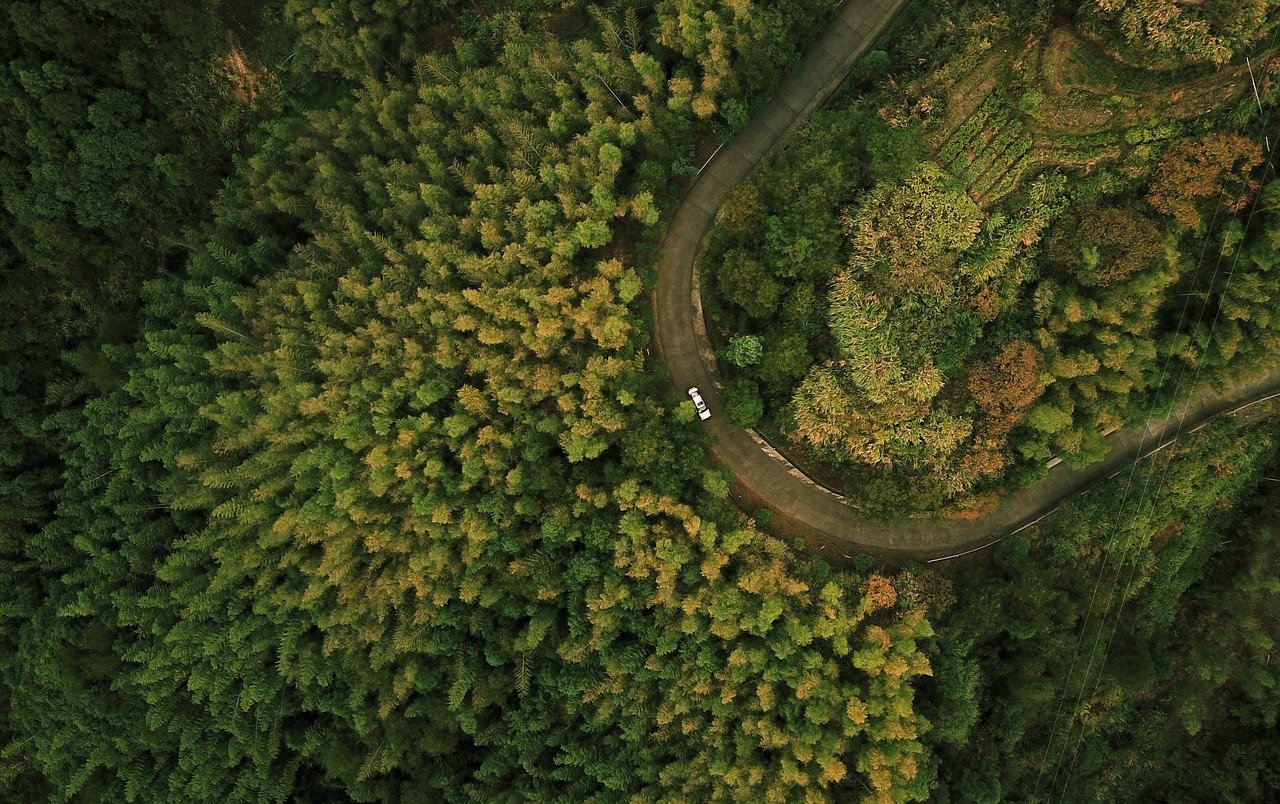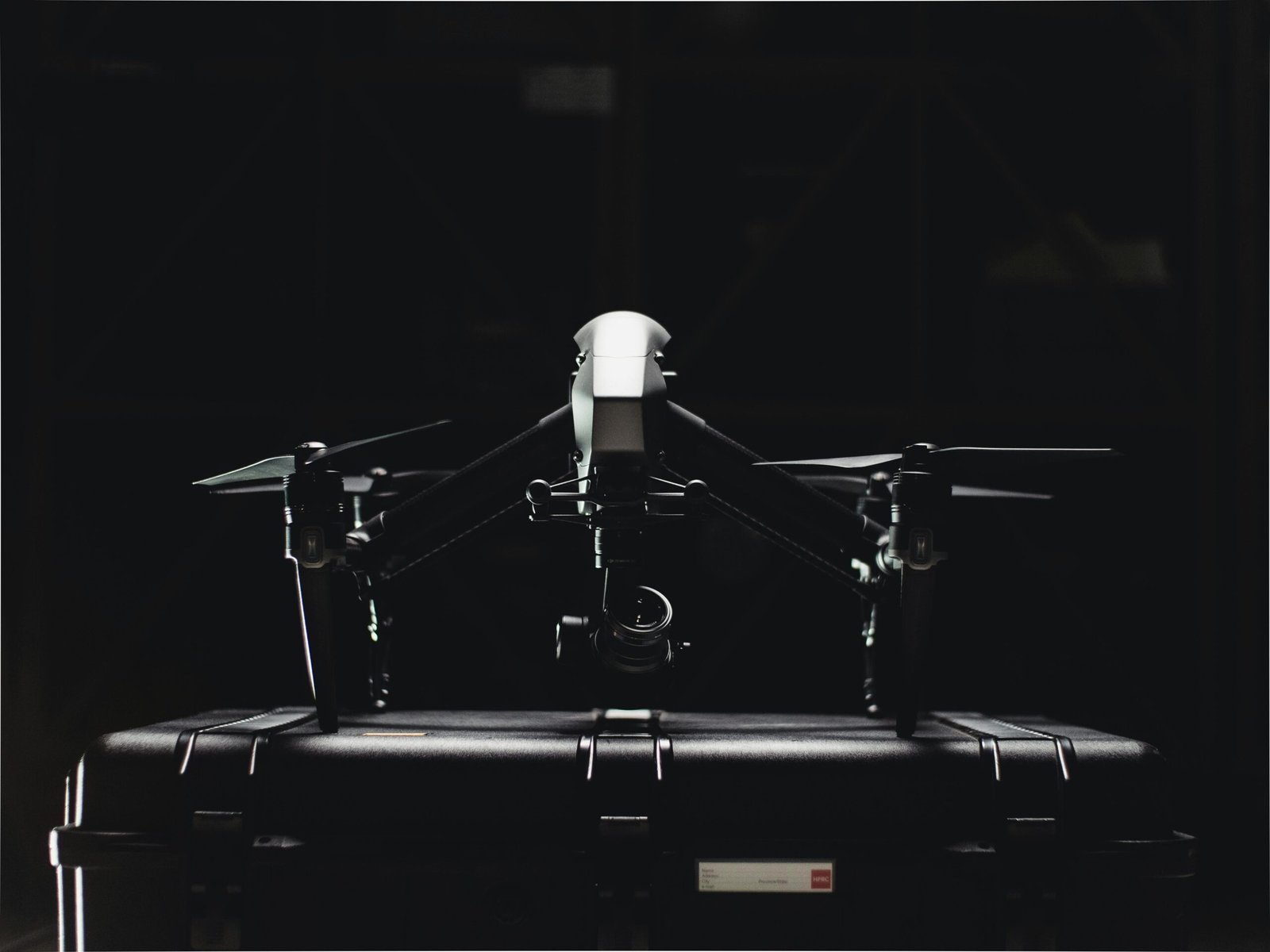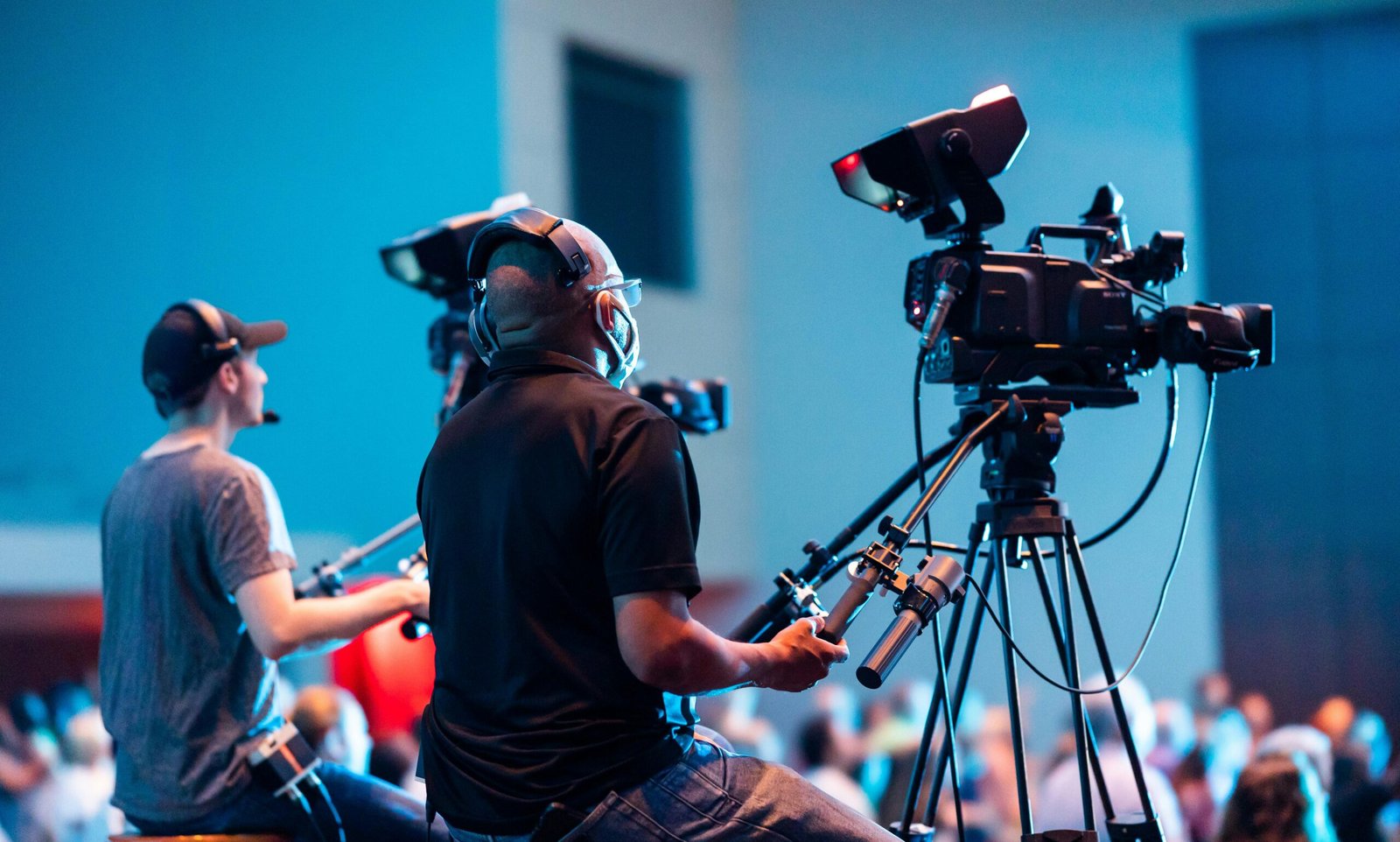Drone Videography in Modern Video Production Drone videography has revolutionized the way we approach filmmaking…
How Drone Cinematography is Revolutionizing Video Production
In the fast-evolving world of video production, drone cinematography has emerged as a game-changer. Offering stunning aerial shots, unparalleled creative angles, and cost-effective solutions, drone technology is transforming the way filmmakers, content creators, and businesses approach visual storytelling. Whether used in filmmaking, real estate, sports broadcasting, or event coverage, drones are setting new industry standards. This article explores how drone cinematography is revolutionizing video production in 2025 and why it’s a must-have tool for modern creators.
1. Cost-Effective Aerial Footage

Before drones, aerial shots required expensive helicopter rentals or cranes. Today, drone cinematography provides budget-friendly, high-quality aerial footage. This makes professional-grade cinematography accessible to independent filmmakers, small businesses, and content creators.
2. Unmatched Creative Angles
Drones can capture perspectives that were once impossible or highly restricted. From dynamic chase sequences to breathtaking top-down views, drone cinematography adds creativity and depth to any project.
3. Enhanced Real Estate Marketing
In the real estate industry, drone cinematography offers immersive property showcases. Aerial views highlight property landscapes, proximity to key amenities, and unique architectural details, making listings more attractive to potential buyers.
4. Revolutionizing Event Coverage
Concerts, weddings, and sports events are benefiting immensely from drone cinematography. Aerial shots provide an engaging experience for viewers, capturing large-scale events in ways that traditional cameras cannot.
5. Boosting Business and Brand Storytelling
Marketing campaigns now leverage drone cinematography to create visually striking promotional videos. Brands use aerial shots to tell compelling stories, showcase their facilities, and engage audiences more effectively.
6. Safer Filmmaking in High-Risk Environments

For action-packed productions or documentaries filmed in hazardous locations, drones minimize risks by capturing shots without putting crew members in danger. This is especially useful for wildlife, war-zone, and extreme sports footage.
7. Increased Efficiency in Film Production
Drones reduce setup time and logistical constraints, allowing for quicker production schedules. Filmmakers can achieve complex camera movements effortlessly, streamlining workflow and reducing production costs.
8. Innovations in Live Broadcasting
News channels, sports networks, and media companies use drone cinematography for real-time broadcasting. Live drone feeds provide dynamic coverage of breaking news, sports matches, and large-scale events, enhancing audience engagement.
9. Elevating Travel and Tourism Content
Travel vloggers and tourism companies use drone cinematography to showcase destinations in a breathtaking manner. Aerial footage of landscapes, beaches, and historical sites captivates audiences, inspiring travel and exploration.
10. Eco-Friendly and Sustainable Filmmaking
Compared to helicopters or traditional filming methods, drones have a lower carbon footprint. This makes drone cinematography an environmentally friendly choice for sustainable video production.
Conclusion: The Future of Drone Cinematography in Video Production
Drone cinematography is revolutionizing video production by making high-quality aerial filming more accessible, affordable, and innovative. As technology continues to advance, we can expect even more groundbreaking developments, such as AI-powered drones, improved stabilization, and extended battery life. Whether you’re a filmmaker, marketer, or content creator, integrating drone cinematography into your workflow will give you a competitive edge in 2025 and beyond.
FAQ’s
1. How much does drone cinematography cost?
The cost varies based on the complexity of the project, but it’s significantly cheaper than traditional aerial filming using helicopters.
2. Do I need a license to use drones for video production?
Yes, in most countries, commercial drone pilots need certification and must adhere to aviation regulations.
3. Can drones be used indoors for cinematography?
Yes, small drones with proper stabilization can be used for indoor filming, provided safety precautions are followed.
4. What industries benefit the most from drone cinematography?
Film production, real estate, event coverage, tourism, news broadcasting, and marketing industries benefit the most.
5. What are the limitations of drone cinematography?
Weather conditions, battery life, and legal restrictions can sometimes limit drone operations, but advancements in technology continue to improve their efficiency.
Drone cinematography is no longer just a trend—it’s the future of video production. Are you ready to take your content to the next level? Start integrating drone shots into your projects today!




